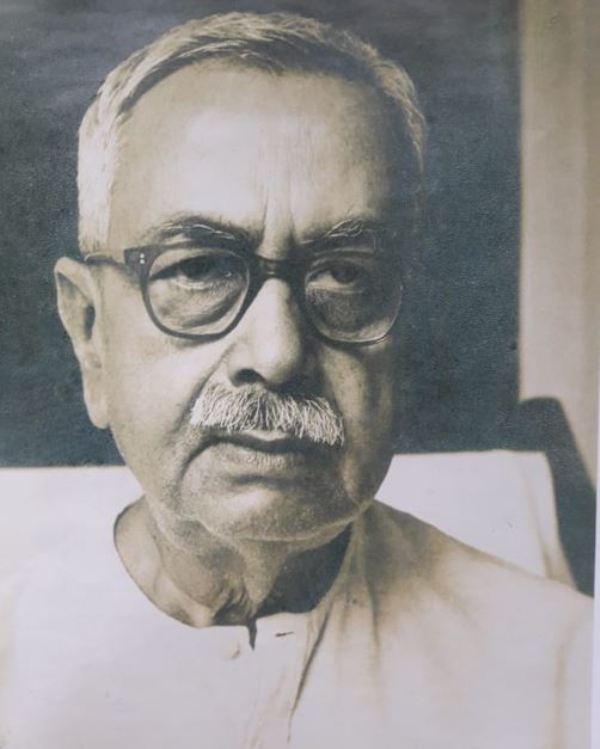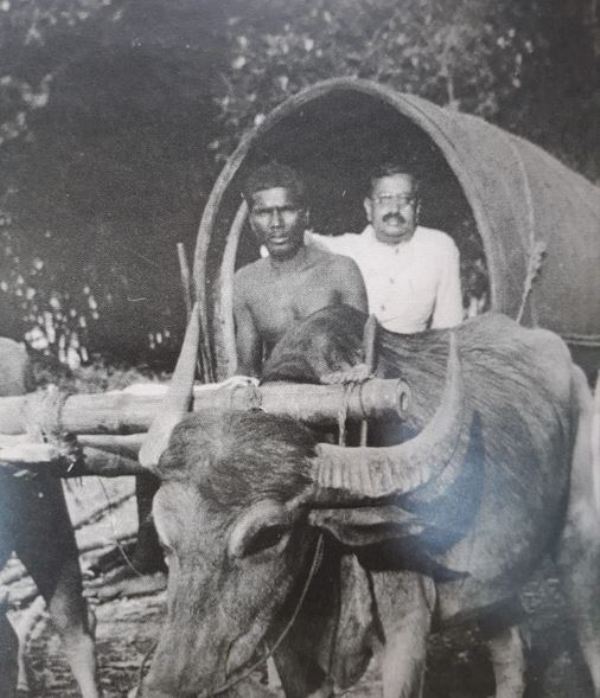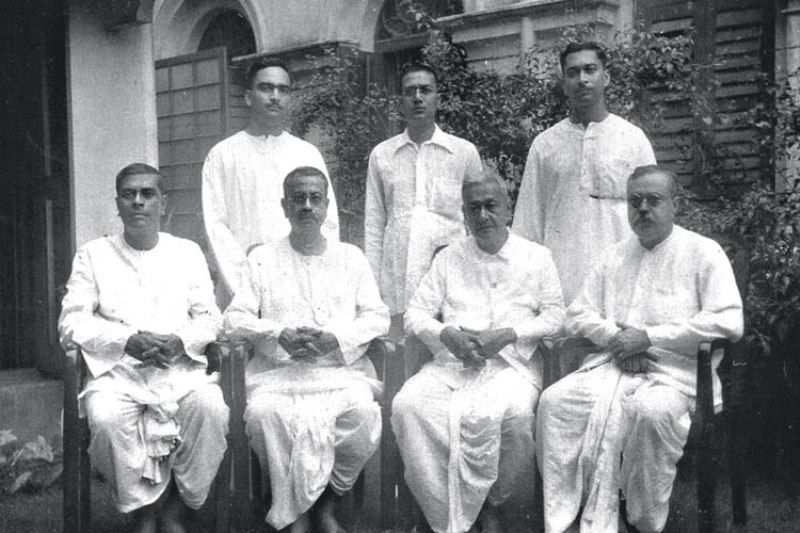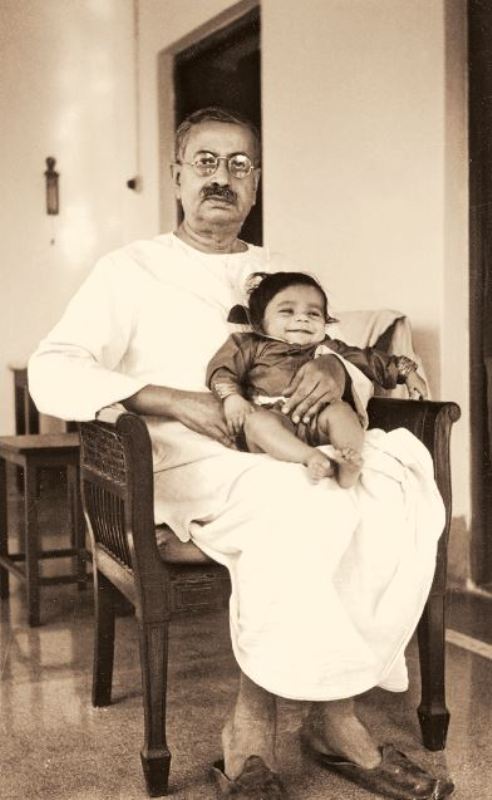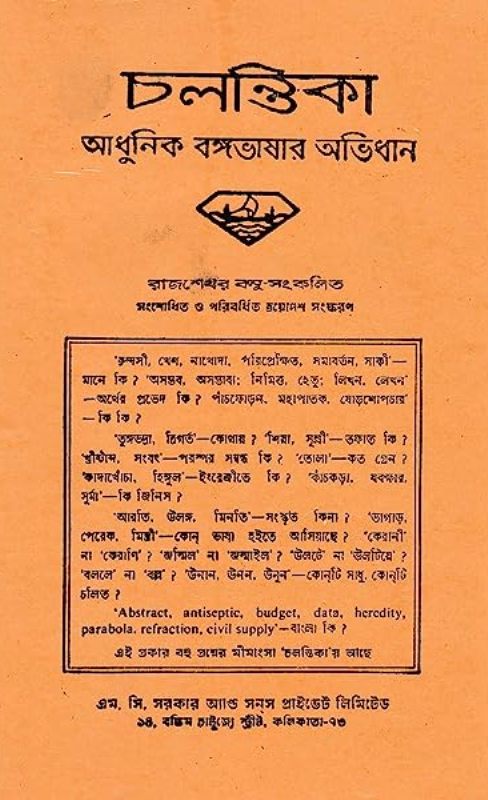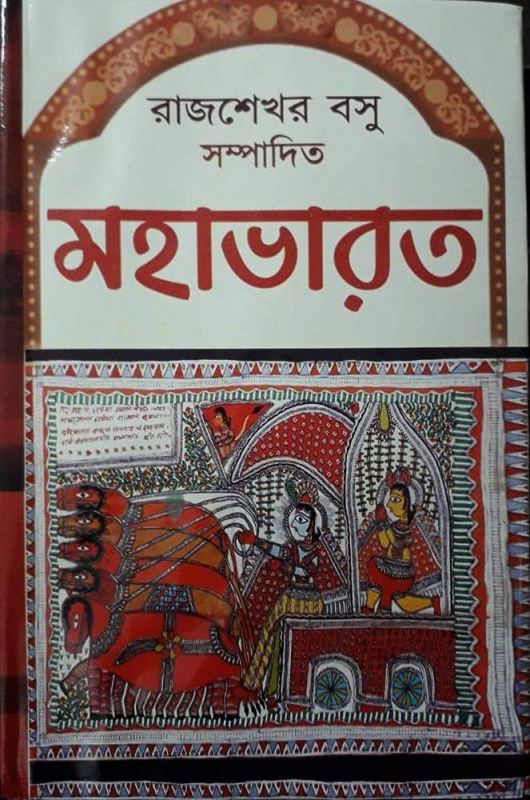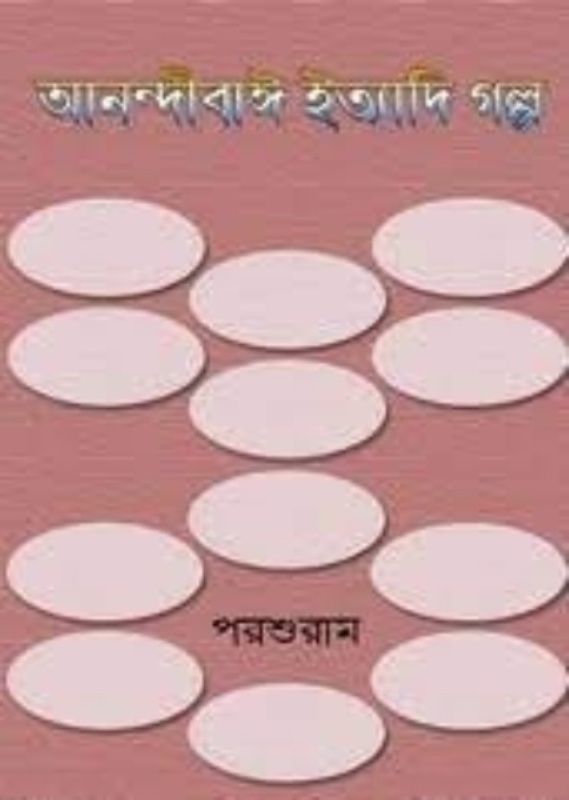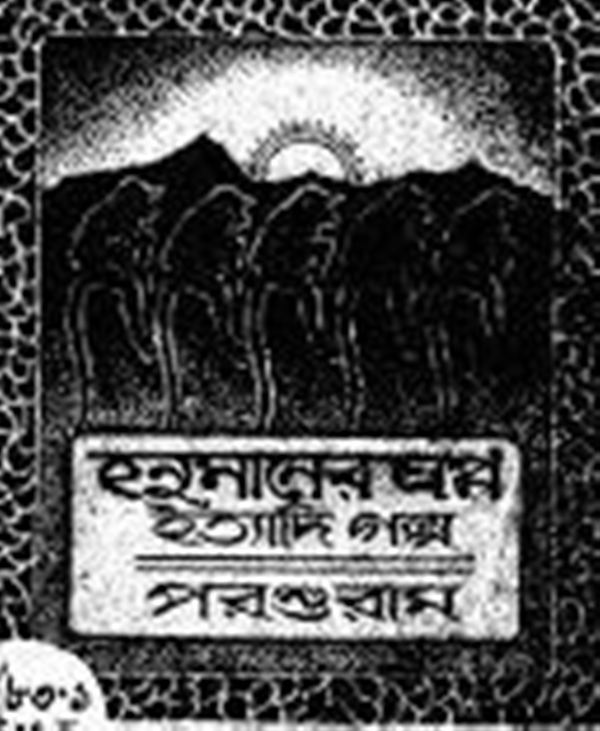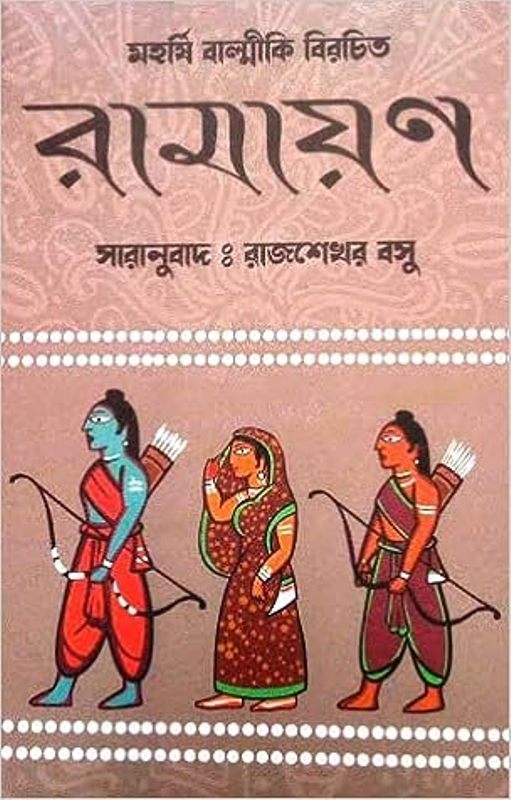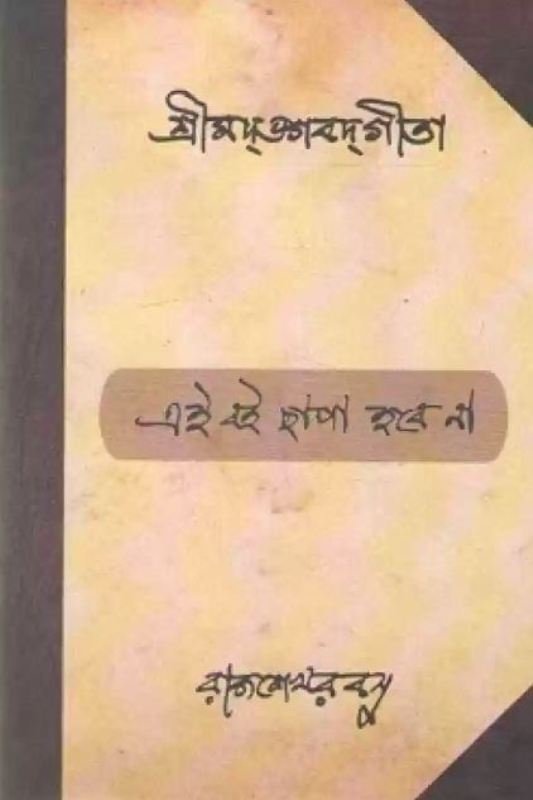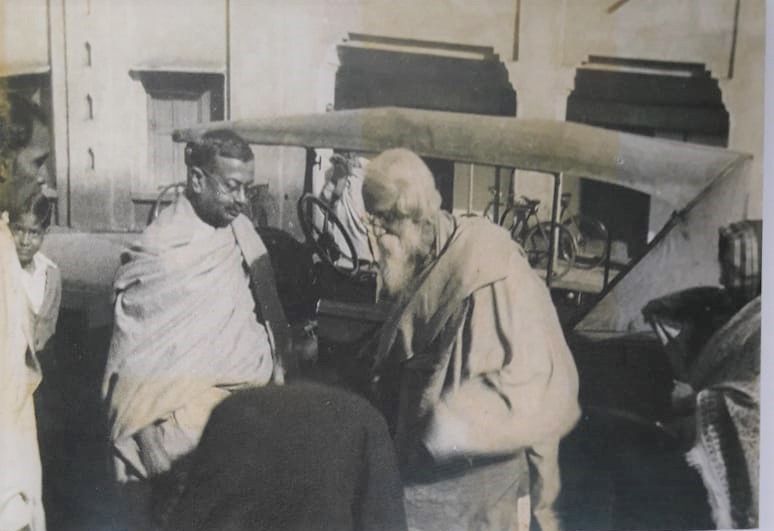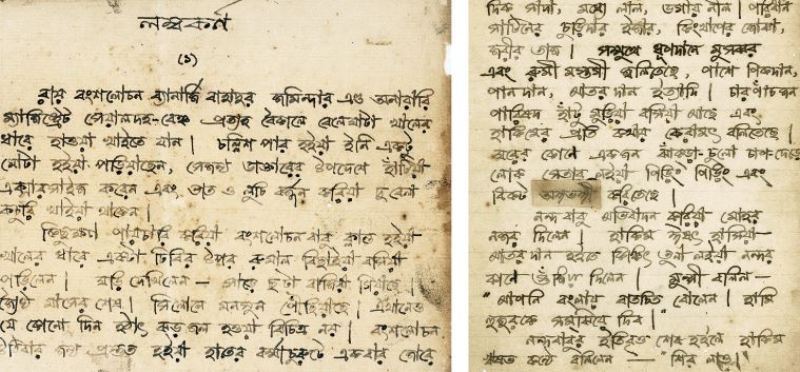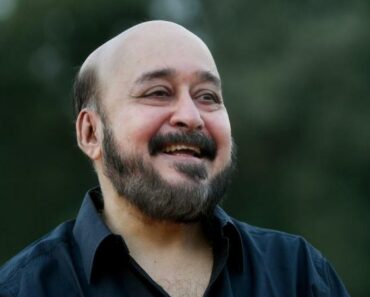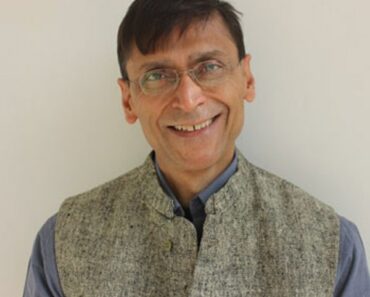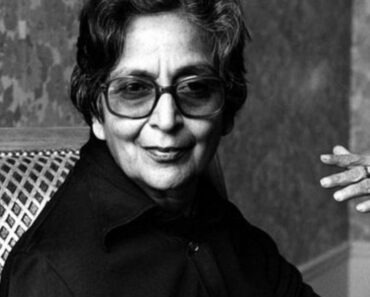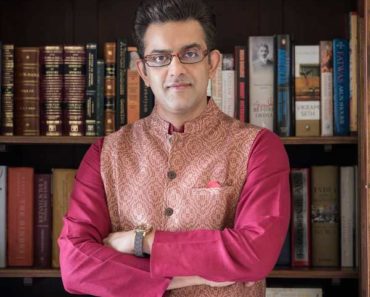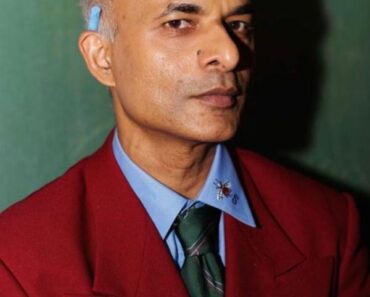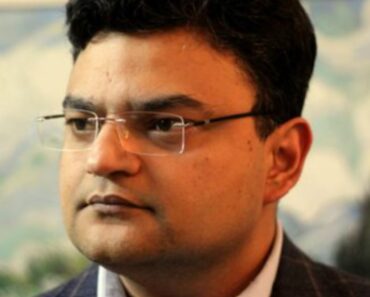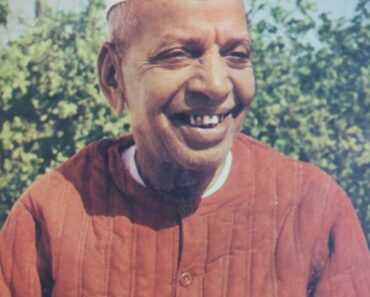Rajshekhar Basu (1880-1960) was a Bengali chemist, author, and lexicographer. Rashekhar Basu was one of the most venerated figures of the 20th century in Bengal, who is famous for his humorous, artistic, intense, and astonishingly creative writing style. His prominent works include Shri Shri Siddheshvari Limited (1922), Gaddalika (1924), Kajjali (1927), Hanumaner Svapna (1937), and Galpakalpa (1950), Krsnakali (1953), and Anandibai (1957). Rajshekhar Basu’s expertise not only ranged to linguistics but also over the fields of mechanical engineering, cottage industries, and the scriptures.
Contents
Wiki/Biography
Rajshekhar Basu, who is better known by his pen name/pseudonym Parashuram, was born on Tuesday, 16 March 1880 (age 80 years; at the time of death) at his maternal uncle’s house in Bamunpara near Kandorsona, British India (now Purba Bardhaman district of West Bengal, India). His zodiac sign was Pisces. His ancestral house was in the village of Ula in Nadia district. Rajshekhar Basu spent his childhood in Darbhanga, Bihar. Rajshekhar Basu went to Patna in 1897 to study for an F.A. degree, an inter-level degree after matriculation. In 1899, he gained a bachelor’s degree in Chemistry and Physics from Presidency College. In 1900, Rajshekhar Basu pursued his master’s in Chemistry from the same college. In 1902, he gained a degree in law and practised in court only for three days, after which he quit his legal profession. He developed an interest in the subject of Science and decided to pursue a career in science. In 1903, Rajshekhar Basu joined Acharya Prafulla Chandra Roy’s Bengal Chemicals & Pharmaceuticals company as a chemist. Within a year, he was promoted to the post of Head Manager and Secretary of the company. In his work period of thirty years, he established the company as a flourishing house of research and manufacturing. In 1932, he took retirement but remained associated with the company until his death. On Wednesday, 27 April 1960, he suffered a second heart stroke and died in his sleep.
Family
Parents & Siblings
Rajshekhar Basu’s father, Pundit Chandrashekhar Basu, belonged to the Basu family of Birnagar in the Nadia District of West Bengal. He was a philosopher as well as the manager of the estate of Darbhanga Raj. His mother’s name was Lakshmimani Devi. Rajshekhar Basu had five siblings, and he was the second son of his parents. Rajshekhar Basu’s younger brother, Girindrasekhar Bose, was a Freudian psychoanalyst and also wrote books for children. He died in 1953. Shashisekhar Basu, a Bengali writer, was his elder brother.
Wife & Children
Rajshekhar Basu was married and had one daughter. He dealt with many tragedies in his life. His son-in-law died of a terminal illness, and his only daughter died the same day, at a very young age. In 1942, his wife died as well. After his wife’s demise, he lived for almost 18 years. His great grandson’s name is Dipankar Basu.
Career
In 1903, Rajshekhar Basu joined the Bengal Chemical and Pharmaceutical Works Company, the first chemical industry in Bengal established by Acharya Prafulla Chandra Ray. Rajshekhar was subsequently promoted to the post of Director. During his work in the company, he was able to reveal the connections between chemistry and physiology. Rajshekhar Basu retired from the company in 1932, but he continued to be associated with the company till the end of his life. Rajshekhar Basu entered the world of letters in 1920. Besides doing his job and engaging in scientific research, Rajshekhar Basu also compiled a Bangla dictionary, Chalantika (1937), which is still widely used. He successfully formulated Bangla equivalents for the scientific and technical terms. He was actively involved with the National Council of Education formed in 1906, an organisation founded by Satish Chandra Mukherjee in Bengal to promote science and technology as part of a Swadeshi Industrialisation Movement. He was elected President of the Bangla Spelling Reform Society formed by the University of Calcutta in 1935 and of the Terminology Council formed by the government in 1948. Rajshekhar Basu served on the Bangiya Sahitya Parishad, a literary society in Maniktala, Kolkata. Rajshekhar Basu also played a major role in the history of printing in Bengal. Rajshekhar Basu was the principal assistant to Sureshchandra Majumdar, credited with creating the first linotype in the Bengali script. The second edition of Parashuram’s Hanumaaner Svapna Ityadi Galpa was the first book to be completely printed in Bengali linotype. Rajshekhar Basu’s writing was artistic and intense. He wrote a total of 21 books, many of them against social and religious superstitions. Notable among his writings are the satires, Shri Shri Siddheshvari Limited (1922), Gaddalika (1924), Kajjali (1927), Hanumaner Svapna (1937), and Galpakalpa (1950), the short stories included in Krsnakali (1953) and Anandibai (1957), and the essays anthologized in Laghuguru (1939), Bharater Khanij (1943), Kutirshilpa (1943), and Bichinta (1955). He also had a number of translations including Meghdut (1943), Valmiki Ramayana (1946), Mahabharata (1949), and Hitopadesher Galpa (1950). [1]Bangla Live
Writer
Dictionary
Short stories
- Dhusturi Maya Ityadi Galpa
- Nil Tara Ityadi Galpa
- Chamatkumari Ityadi Galpa
- Asmani choti
- Jaliyat
Satire
- Sri Sri Siddheswari Limited (1922)
- Gaddalika (1922)
- Kajjali (1927)
- Galpakalpa (1950)
Translations
- Kalidaser Meghdut (1943)
- Krishnadvaipayan Vyas krita Mahabharat (1949)
- Hitopadesher Galpa (1950)
Collection of essays
- Laghuguru (1939)
- Bharater Khanij (1943)
- Kutir Shilpa (1943)
- Bichinta (1955)
- Chalachchinta
Poetry
- Parashuramer Kabita (published posthumously)
Children
Boys and old men live in the same world, but their eyes are not the same. The occasional oddity we come in contact with in childhood, we forget when we grow up. By chance, some of them grow up to retain the vision of childhood, who can write worthwhile children’s literature.”
- Hitopadesh-er Galpa
Screen adaptations
- Two Bengali movies, Parash Pathar (The Philosopher’s Stone, 1958), based on the story of the same name, and Mahapurush (The holy man, 1965), based on the short story Birinchibaba, directed by Satyajit Ray, were based on the short stories written by Rajshekhar Basu.
- The film Chaar (2014), is based on four short stories written by different writers like ‘Bateswarer Abodan’ by Parasuram, ‘Porikkha’ by Sharadindu Bandyopadhyay, ‘Kagtarua’ by Satyajit Ray, and ‘Dui Bondhu’ by Satyajit Ray. The stories were adapted as a film by the director Sandip Ray.
Awards, Honours, Achievements
- In 1940 and 1945, Rajshekhar Basu was awarded the Jagattarini and Sarojini medals by Calcutta University in recognition of his scientific and literary contributions.
- In 1955, Rajshekhar Basu was awarded Rabindra Puraskar for Krishnakali Ityadi Galpa (1953), the highest honorary literary award given in the Indian state of West Bengal.
- In 1956, Rajshekhar Basu was awarded Padma Bhushan, the third-highest civilian award in the Republic of India
- In 1957, Calcutta University awarded him a D.Litt., the highest postdoctoral degree awarded in the fields of arts, and humanities.
- In 1958, Rajshekhar Basu was honoured with the Sahitya Akademi Award for Anandibai Ityadi Galpa.
Death
In 1959, Rajshekhar Basu suffered an undermined stroke which, made his body and mind very weak and infirm. On 27 April 1960, he suffered a second stroke while he was sleeping and he died in his sleep. [2]Telegraph India
Facts/Trivia
- In 1937, when he published Chalantika, a monolingual Bengali dictionary, Rabindranath Tagore said,
At long last, we have a dictionary for Bengali. The concise grammar for Bengali that you have included in the appendix is also wonderful.”
- Rajshekhar Basu’s short stories which majorly include comic and satire series, are believed to be some of the most prominent literary works in Bengali literature.
- Rajshekhar Basu used to question everything in his childhood. He would often experiment with his toys by opening each toy apart. In an essay on Rajshekhar Basu, Shashisekhar, his elder brother, writes about his developing interest in science. Rajshekhar Basu had built a mini laboratory at home, which was equipped with two cupboards filled with various chemicals. He also used to try to forecast the weather by measuring a barometer, on the wall. He also started writing prescriptions for colds and coughs for his friends and family members. Not only that, he used to visit the Temple Medical School to dissect corpses as well.
- Rajshekhar Basu was introduced into the world of Bengali literature when he went to Patna to study for an F.A. degree. Earlier, his father taught him Hindi as his first language instead of Bengali. Through the discussions over Bengali literature with his friends, his interest in Bengali literature was aroused.
- While Rajshekhar Basu was alive, around 28 essays were published in various magazines but were not collected in book form. In the book, Prabandhabali (Collected Essays; Mitra o Ghosh, Kolkata, 2001), these essays have been published under two categories titled ‘uttar chalachchinta’ and ‘bibidha’ respectively.
- Rajshekhar Basu retold twelve stories from Hitopadesha, a collection of ancient Sanskrit fables in the bestiary tradition, and gifted the manuscript to his great grandson, Dipankar Basu, in 1948.
- Instead of writing his own name in the manuscript of Hitopadesher Galpo, Rajshekhar Basu drew a parrot with ink in the middle of the title page and inscribed his great grandson’s name and address – 72, Bakulbagan Road, Calcutta, beneath it. He started writing the manuscript on 14 March 1943 and finished writing it on 25 February 1948. [3]Telegraph India
- A few years after the publication of Chalantika, the dictionary by Rajshekhar Basu, Calcutta University formed a committee, Rajshekhar Basu served as the chairman of this committee, to introduce a set of guidelines governing the spelling of Bengali words.
- In his essay, Laghuguru (1939), he quoted
The end of good and the beginning of evil cannot be determined. One age one group will call good art, another age another group will condemn it, and society will forever be disenfranchised about art.”
- Rajshekhar Basu provided covert help in the form of finance, chemicals and a little assistance from his expertise in making bombs, to the revolutionaries serving in the Indian Independence Movement.
References
| ↑1 | Bangla Live |
|---|---|
| ↑2 | Telegraph India |
| ↑3 | Telegraph India |

